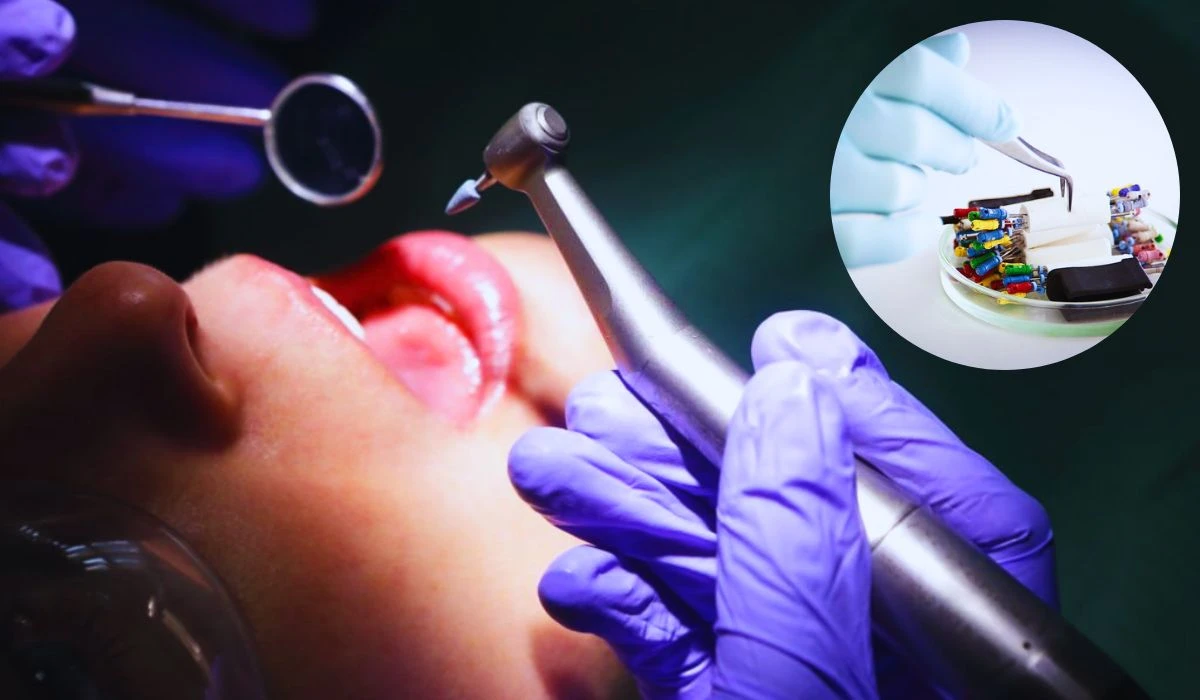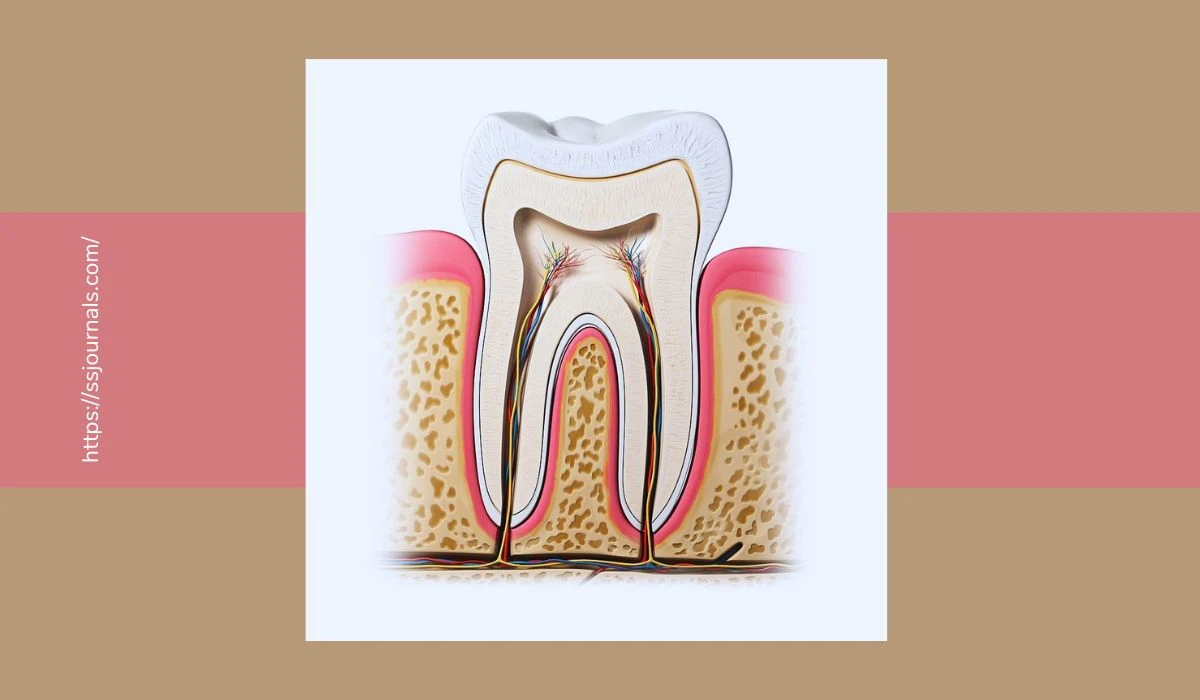A root canal is a dental process to save a severely damaged or infected tooth. The method involves:
- Removing the infected pulp from the tooth’s interior.
- Disinfecting the root canals.
- Sealing them to prevent further infection.
The pulp in the tooth’s center comprises nerves, blood vessels, and connective tissue. The need for a root canal arises when the tooth’s pulp becomes infected or inflamed.
It can happen for many reasons, such as deep decay, repeated dental processes on the same tooth, cracked or broken teeth, or trauma to the tooth.
Root canals save the natural tooth and prevent the need for extraction and potential tooth replacement options like dental implants or bridges. It has a high success rate.
While root canals are a common dental treatment, it’s vital to know the symptoms that may indicate the need for one.
Symptoms Of Root Canal
Understanding the signs that you need a root canal is essential for getting prompt dental care. The purpose of this article is to assist readers determine if they need to see a dentist for diagnosis and treatment by providing a summary of the most frequent indications and symptoms that may suggest the need for a root canal.

📛 Persistent Tooth Pain
Persistent tooth pain is one of the first signs that you need a root canal. The pain may vary in intensity, ranging from a dull ache to sharp, throbbing pain. It can feel more when you bite down or apply pressure to the affected tooth.
Persistent tooth pain indicates an infection or inflammation in the tooth’s pulp, which requires immediate attention from a dental professional.
📛 Sensitivity To Temperature
If you face extreme sensitivity to hot or cold substances, it could be a sign that the tooth’s nerves and blood vessels are compromised. When the pulp becomes inflamed, it can result in heightened sensitivity.
You may notice discomfort when consuming hot or cold drinks or exposure to cold air. Sensitivity that lasts longer may necessitate a root canal process to address the underlying issue.
📛 Swelling And Tenderness
Swelling and tenderness around the affected tooth are common indications of a dental problem requiring a root canal. The infection in the pulp can cause inflammation and the development of an abscess, which is a pus-filled pocket.
As a result, the area around the tooth may become swollen, tender, and painful to touch. If you notice any swelling or tenderness, it is crucial to seek dental care promptly.
📛 Gum Discoloration And Pimples
When an infection occurs in the tooth’s pulp, it can affect the surrounding gum tissue. If you observe a pimple-like bump on the gum near the affected tooth, it could be a dental abscess.
This is typically accompanied by gum discoloration, which may appear red, purple, or black. These signs often indicate a severe infection and should not be ignored, as prompt treatment is essential to prevent the infection from spreading.
📛 Persistent Bad Breath
Persistent bad breath, or halitosis, can indicate an underlying dental issue. When the tooth pulp becomes infected, bacteria can multiply, causing an unpleasant odor. The bad breath may persist even with regular brushing, flossing, and mouthwash use.
If your bad breath doesn’t improve despite good oral hygiene practices, it is advisable to consult a dentist, as it could be a sign that a root canal is needed.
📛 Loose Or Discolored Tooth
If you notice that a tooth has become loose or has changed color, it could indicate a problem with the tooth’s nerve or blood vessels. An infected or damaged pulp can cause the tooth to weaken, leading to mobility.
Additionally, the tooth may appear darker or discolored due to the breakdown of internal structures. These changes in tooth stability and color suggest the need for a root canal to address the underlying issue.
📛 Cracked Or Damaged Tooth
A cracked or damaged tooth can expose the pulp, making it susceptible to infection. If you experience a sudden sharp pain while eating or biting down on something hard, it may indicate that the tooth’s structure has been compromised.
Even if the pain subsides after a short time, it is essential to have the tooth examined by a dentist. A root canal may be necessary to prevent further damage or infection.
Conclusion
Recognizing the telltale symptoms that may suggest the requirement for a root canal is crucial for timely intervention and preserving the health of your tooth.
Suppose you experience persistent tooth pain, sensitivity to temperature, swelling, tenderness, gum discoloration, persistent bad breath, loose or discolored teeth, or a cracked or damaged tooth.
In that case, it’s important to seek dental care promptly. However, these symptoms are not definitive proof that a root canal is required, but they serve as strong indicators that there may be an issue with the tooth’s pulp.
Only a qualified dental professional can accurately diagnose the need for a root canal through a thorough examination, X-rays, and other diagnostic procedures.
Remember to maintain good oral hygiene practices, such as brushing twice daily, flossing daily, and scheduling regular dental check-ups.
By taking care of your oral health and addressing any dental concerns promptly, you can ensure a healthy and confident smile for years to come.

